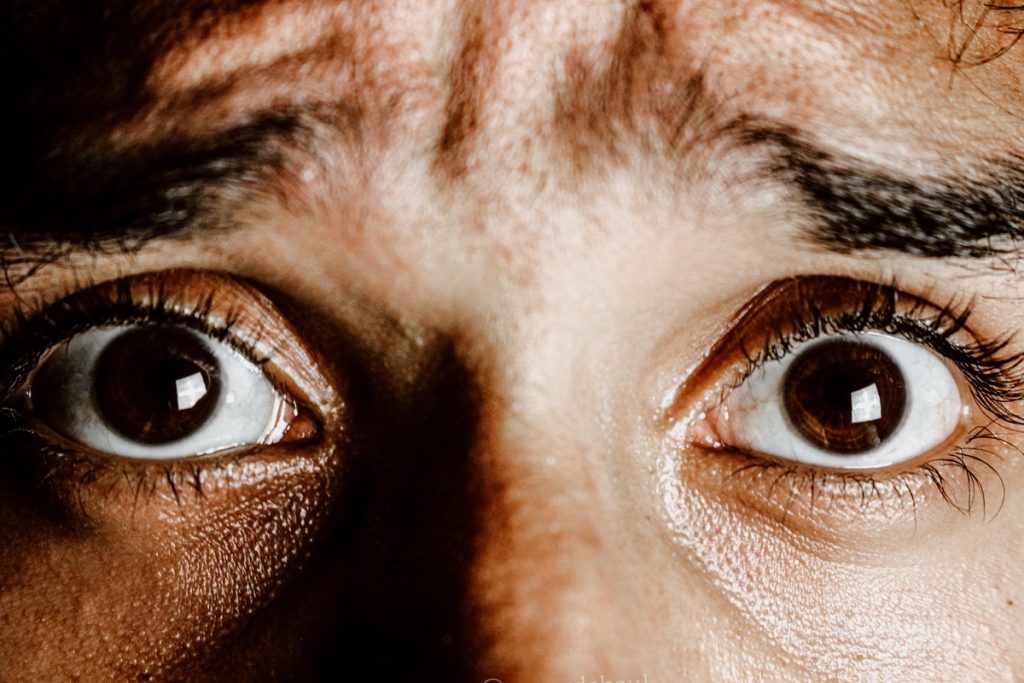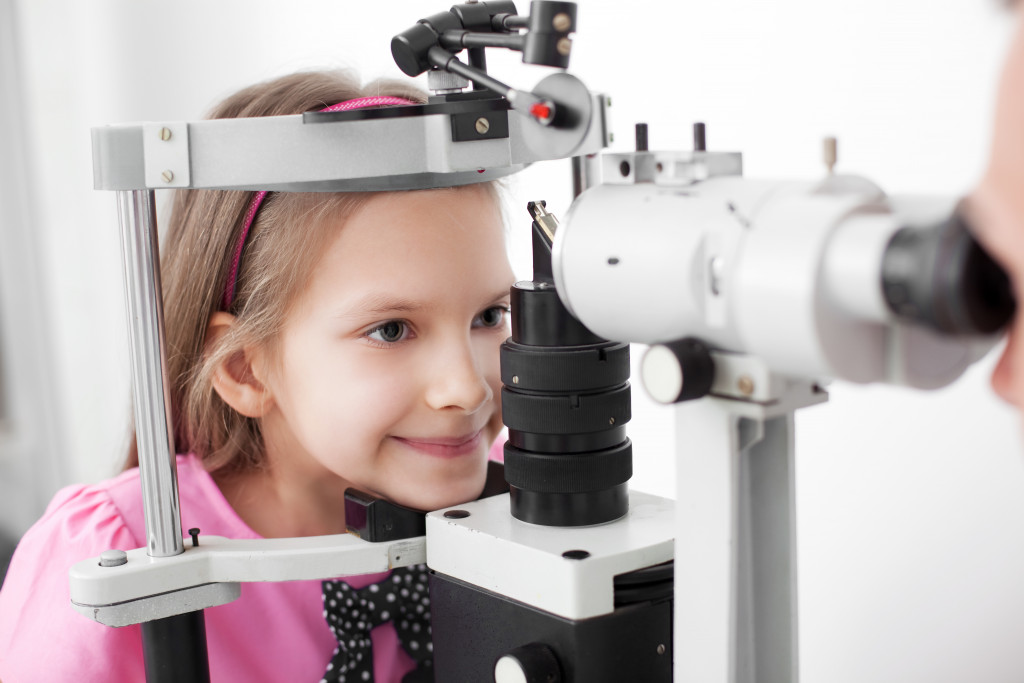Most people, when given the choice, would rather lose their other senses than go blind. This might be because the loss of vision will have debilitating effects and severely affect their entire life. Plus, encountering an eye problem when a person has lived with 20/20 vision all their life can be really frightening.
Learning about the common eye problems that people experience and deal with throughout their lives before you experience them can give you more room to prepare. This way, you will know how to identify the symptoms and seek the right treatment before your condition becomes worse.
Besides, the adage, “prevention is better than cure,” still rings true today. That’s why most doctors recommend early diagnosis and prevention for all illnesses when possible. If you’re not familiar with the common eye problems, you can start by learning about these four conditions and their corresponding treatment:
1. Refractive Errors
Among the most common eye problems that can affect people of all ages are refractive errors. This refers to conditions such as nearsightedness (myopia), farsightedness (hyperopia), astigmatism or distorted vision, and presbyopia or losing the ability to focus on near subjects.
Typically, the symptoms of a refractive error can come as blurry, double, or hazy vision and if you catch yourself squinting. It can also appear as a recurring eye strain that leads to constant headaches. Getting a routine eye exam annually will help you gauge if your eyesight is still perfect.
The test can also notify your doctor if corrective actions need to be taken. Since refractive errors are only minor problems, they can be treated by wearing prescription glasses or contact lenses. In severe cases, the doctor might recommend laser eye surgery.
2. Dry Eyes
The eyeballs naturally lubricate themselves with tears every time a person blinks to keep the surface moist. This involuntary act can cleanse the eyes’ surface from tiny particles that can affect their vision. However, not everyone can do this because some people have dry eyes, which means their eyes don’t produce enough tears or because their tears evaporate quickly.
A quick solution for mild cases of dry eyes is lubricating eye drops. This can be applied when the surface feels drier or more irritated than usual. Having dry eyes can be indicative of a more serious underlying eye condition, such as meibomian gland dysfunction (MGD).
When left unchecked, this condition can worsen your eyesight and cause fatigue, redness, or itchiness in your eyes. Fortunately, there is a solution to this eye problem. You can consult your ophthalmologist regarding what dry eye MGD treatment will be appropriate for your condition.

3. Cataract
The leading cause of blindness across the globe and of vision loss in the United States is cataracts or the clouding of the internal eye lens. This eye condition is more prevalent in older people, but it can affect everyone because it can occur at any age or simply as an inborn disorder.
Aside from aging, cataracts can also be caused by having diabetes, experiencing trauma, excessive exposure to UV light, or as a side effect of your other medications. A cataract will block light from passing through the lenses in your eyes, which can make your vision appear hazy or blurry.
If left untreated, cataracts can lead to complete vision loss because it’s a progressive illness that can be corrected through prescription glasses, magnifying lenses, or surgery. With cataract surgery, the cloudy lens will be removed and replaced with an artificial lens.
4. Glaucoma
Common as it may be, glaucoma has no noticeable symptoms until it reaches an advanced stage, which is why it’s called a “sneak thief of sight.” Glaucoma refers to a group of eye diseases that damages the optic nerve and can lead to vision loss or blindness.
There are two types of glaucoma: open-angle and angle-closure. The first type refers to the glaucoma condition that slowly progresses over time and leaves no symptoms. On the other hand, angle-closure glaucoma can cause intense eye pain, red eye, blurry vision, as well as nausea, and it can progress very quickly.
While there is no cure for glaucoma, it can be treated through prescription medicine, laser treatment, or surgery. That’s why diagnosing this condition at its early stage can help you seek treatment before your condition becomes worse. So, don’t skip out on those annual routine eye exams.
There’s really no reason for you to hold off on prioritizing your health and safety, especially if it’s for conditions that can be treated through the appropriate methods. If you’re worried about shouldering the costs of treatment, you can look ask your friends or family for help so you can solve the problem immediately. Keep in mind that treatment will become more expensive once your condition worsens.

